Biometric safes make me nervous. Using a fingerprint to open my iPhone is one thing. Relying on that technology to save my life is a whole different ball game. Batteries fail, circuits break, and biometric locks have a less-than-stellar track record in the firearms community.
But here’s the catch: until now, most biometric safes have used optical sensors, which take images of the surface of the user’s finger. More recent technologies, known as capacitance sensors, use an electric charge to generate a 3-D image of the sub-dermal layer of the skin, which provides a detail-rich image that allows for much more reliable activation.
Zvetco Biometrics has been a leader in biometric technology for the last 15 years, and they’ve provided security solutions for the corporate enterprise, financial services, healthcare, gaming and retail industries. Now they’ve applied their FBI-approved capacitance sensors to a new line of gun safes. The S4000, S5000, and S6000 use high-quality biometric readers for instant activation when you need it most, and I got a chance to put the S6000 to the test.
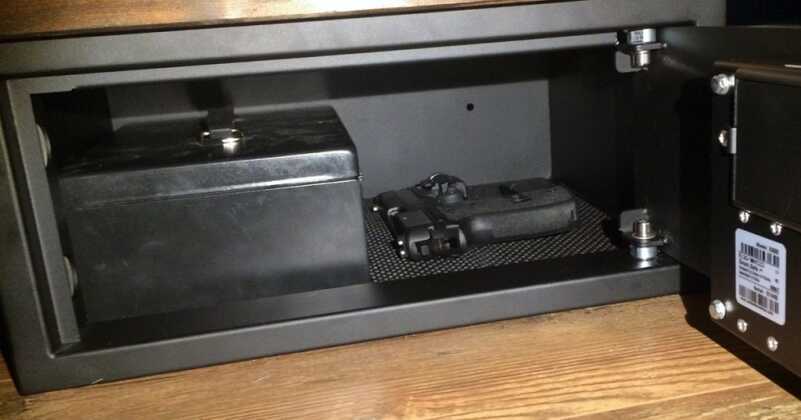
The S6000 fits perfectly under my bed, and Zvetco offers a variety of sizes to fit almost any space.
Details
- B.I. Certified Fingerprint Sensor with 3D Imaging
- AutoLock
- NiteLite
- Tamper Alerts
- LCD Display
- SelfCheck
- Stealth Mode
- Add / Delete Individual Users
- Add up to 40 fingerprints
- Access log
- Event log
- Built-in Tutorials
- Solid Steel Construction
- Safe Door: 4mm, approx. 8ga.
- Safe Walls: 2mm, approx. 14ga
- 2 20mm Locking Bolts, 3/4″
- Battery Type: 4 AA
S6000 Dimensions
- External: 17.4″(W) X 16.1″(D) X 7.9″(H)
- Internal: 17.1″(W) X 11.8″(D) X 7.3″(H)
- Door Clearance: 14.0″(W) X 5.7″(H)
- Internal Capacity: .85 cubic feet
The S6000 is available for $339.95 from Zvetco and fulfilled by Amazon (two-day shipping!). The S5000 is .52 cubic feet and costs $299.95, and the S4000 is .28 cubic feet and costs $279.99. The S4000 is also top-opening.
First Impressions
Weighing in at a solid 27 pounds, the Smart.Safe.’s heavy steel construction provides the first indication of its high quality. The box features 14-gauge walls and a super-thick 8-gauge door. For comparison, Liberty Safe’s HDX 350 Smart Vault uses 14-gauge steel on its door, and the company doesn’t list the thickness of its safe’s walls. Zvetco’s offering might not feature the pull-out shelf and internal lighting of the HDX 350, but it’s more than comparable in terms of construction quality.
That quality is apparent in the locking mechanism as well. Unlike other handgun vaults, which use simple latching devices, the Smart.Safe. uses two ¾-inch locking bolts to secure the door. The bolts engage automatically and lock up securely without any wiggle.

The Smart.Safe.’s bolts are much more secure than the standard locking mechanisms on most pistol safes.
Security is paramount, of course, but the ease of use is also nice, especially when dealing with unfamiliar technology. Having never used a biometric safe, I was concerned setup would be tedious and confusing. The Smart.Safe.’s system was neither. I installed the batteries, pressed the menu button located on the inside of the door, and inputted my first fingerprint in a matter of minutes. The system includes quite a few settings in its menu options, but the initial setup is a piece of cake.
Features
After inputting my fingerprints, I began to acclimate myself to the safe’s features. You can check out the full list here, but I want to highlight a few. First, the Smart.Safe. automatically performs a diagnostic test every day as well as every time you open the safe. The test checks battery life and fingerprint sensor functionality and issues a warning sound if it detects anything amiss. In other words, users don’t have to check to make sure their safe will function—it checks itself.
The Smart.Safe. also features tamper alerts. These include alerts when someone has tried to open the safe with the fingerprint sensor (including a timestamp) and when someone has tried to reset the safe while the door is locked. One Amazon review hypothesized that a knowledgeable thief could drill a hole in the side of the safe and engage the reset button. That burglar would get an A+ for ingenuity, but his efforts would be in vain.
Zvetco’s safe can also keep track of household members who do have access. The fingerprint reader can store up to 40 separate fingerprints, and admins can input, name, and delete individual users. The system remembers the most recent 1000 uses of the safe and logs when each user gained access.
While most of the safe’s features are useful and well-designed, the “NiteLite” leaves something to be desired. Rather than include lighting in the interior of the box, Zvetco’s engineers installed a light in the door that partially illuminates the safe’s contents when the door opens. The NiteLite is designed to prolong battery life, but it’s difficult to see objects in the safe’s rear corners. It provides enough light to retrieve a handgun when something goes bump in the night, but small objects might be difficult to find in the dark.

The safe’s contents are visible but just barely. The up-side is that the light won’t temporarily blind you at night.
Testing
Gun owners usually cite three objections to biometric safes: reliability, battery life, and electromagnetic pulse events. The Smart.Safe. addresses the final concern by including keys that can unlock the safe if the electronics fail (due to lighting strike or North Korea). The first two fears are somewhat more difficult to allay, but I think the Smart.Safe. does a nice job.
I covered reliability briefly in the intro. Zvetco Biometrics is a security company that makes gun safes—not the other way around—and that gives me more confidence in their fingerprint scanner than I have in those from other gun safe companies.
The optical sensors used by cheaper safes can be fooled by another person’s finger, can malfunction if the user’s finger is dirty or dry, and fail to read on the first attempt. Zvetco’s capacitance sensors avoid this problem by taking a 3-D image of the sub-dermal layer of the skin. That way, whether your finger happens to be dirty or you’re among the 20 percent of the population whose fingers don’t work with optical sensors, you can be sure the Smart.Safe. will open for you every time. Plus, their technology has been implemented by companies like ING and Saint Vincent’s Hospital as well as the Department of Justice, so you know it’s already been put to the test.
I haven’t had the safe for very long, but it’s never failed to open on the first attempt, and nearly 250 five-star Amazon reviews say the same.
Battery life goes hand-in-hand with reliability and the Smart.Safe. takes every precaution to ensure its 4 AA batteries never run out without informing the user. It starts with Zvetco’s Boost Hardware and picoPower technologies, neither of which are used in any other gun safe. Boost ensures that the voltage in the electronics remains constant even as the batteries lose power, which always keeps the locking mechanism running at precisely the same speed. PicoPower works in tandem with Boost to maximize battery efficiency and keep the safe operational for years on four AA batteries.
Even the most efficient safes need new batteries every once in a while and the Smart.Safe. makes sure its user knows when the batteries are low. To test this feature, I depleted a set of AA batteries and periodically used them to power the safe. The Smart.Safe. displayed how much the batteries’ power had depleted each time, and when power fell below 15%, the safe beeped with a low-battery alert even when in sleep mode. When the batteries fell below 8% power, the safe emitted a much louder alarm, which I could easily hear from across the house. Both the alert and alarm can be snoozed in case they sound during the night, but neither can be ignored for long.
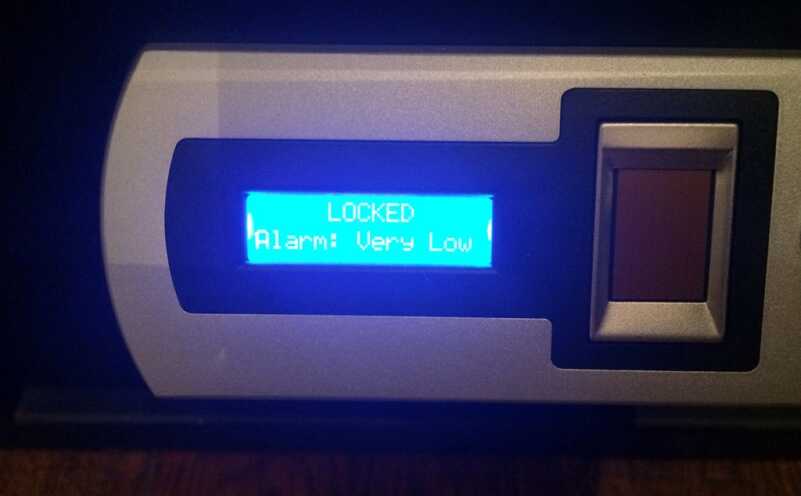
The safe sounds an alert when the battery drops below 15% and an alarm when the battery drops below 8%. Both worked as advertised.
Conclusion
If you’ve been holding out on purchasing a quick-access biometric safe, consider Zvecto’s offering as your first. Their Smart.Safe. is reliable and easy to use, and I found their customer service team to be prompt and helpful. Your quick-access safe is an essential component of your home defense plan. You owe it to yourself and your family to purchase a product from a company that takes security as seriously as you do—and won’t fail you when you need it most.
You can purchase one from Amazon by clicking here.



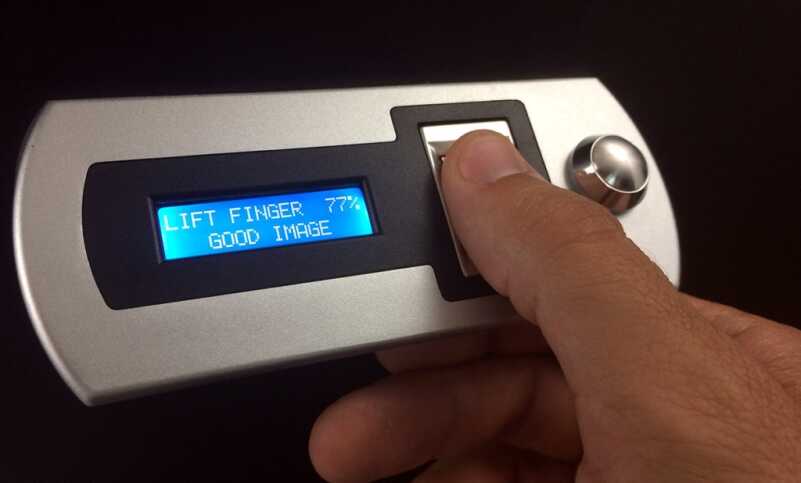

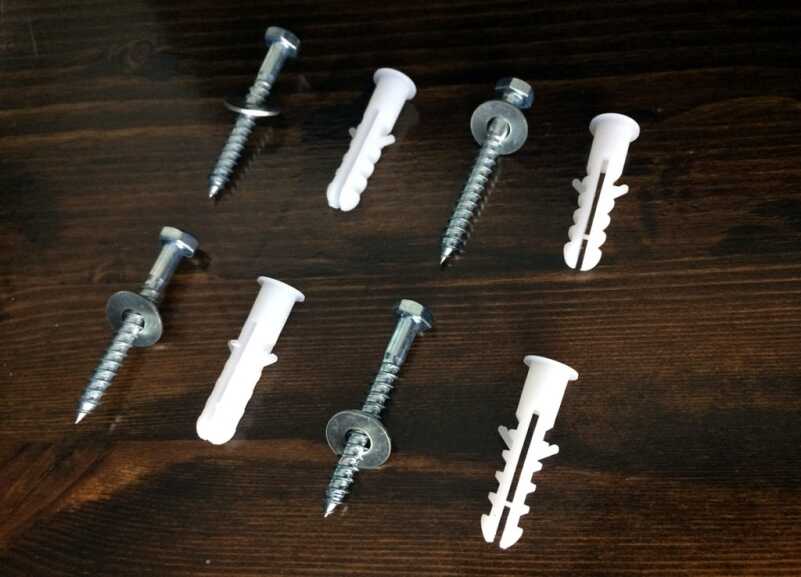
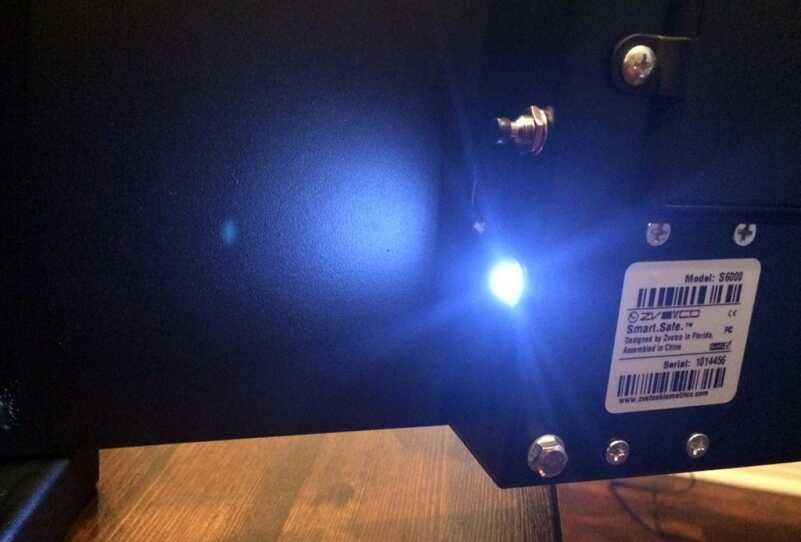
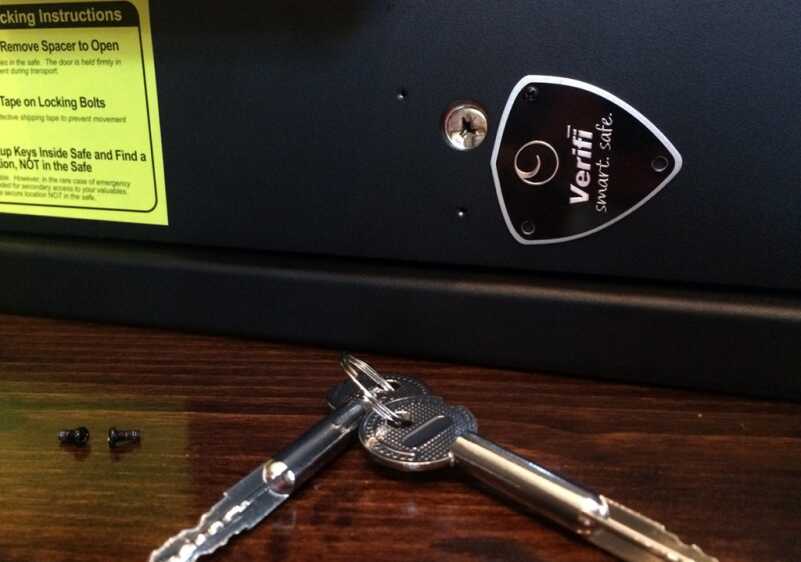
Just to remind you guys about smth..,
All electronics is disabled by some reason.. what will you do then?
This concept is good only when you do not have any issues like September 11th, Ok?
Can you put a smart lock on a just a kitchen knife?
Sometimes it may work even better than your “smart” gun.. 🙂
Art asks: “All electronics is disabled by some reason.. what will you do then?”
> I’ll use the key, stupid.
If you had actually read this article you would have come across the fact they provide a back-up key.
Try trolling another manufacturer, you fake. Did you get paid for that comment? Should have.
This product has been 100% reliable for every one of my 10 fingers, all year long on one set of batteries. My highest recommendation. Much faster than the finger-code safe I used to use, with crappy electronics. I’ve been thinking about buying another Zvetcoto -the flat model- to place elsewhere in my home for quick access.
And Bingo, when the EMP is detonated over head knocking all electronics out over Canada and the USA you wont even have use of your cut off tool to get in it!
I have been using this safe for over 18 months now. It is really so much better than any other biometric you have tried unless you work for uncle Sam. It has never failed to open immediately on the first try. I’m hoping some of the larger safes will license the tech too. Highly recommended.
Actually just ordered one of these this morning. I have a buddy who works in hotel security and the hotel uses these safes, he said they’re by far the best safes they’ve used and had the least problems. This article put it over the top for me. Will report back once i get mine!
Is it EMP proof? Give me a mechanical combination lock. With people like “Rocket man” and the ayatollahs around I would hate to have a safe I can’t open because the electronics are fried.
It is accessible with a key in case the electronics fail. It won’t be a “quick access” safe any more, but at least you’ll be able to get to your stuff.
Had a small Stack-On biometric safe years ago for my handguns. It would acknowledge my wife’s fingerprint but not mine! Basically worthless since I always had to use the key to get in. Will be interesting to see if this newer technology really does work better